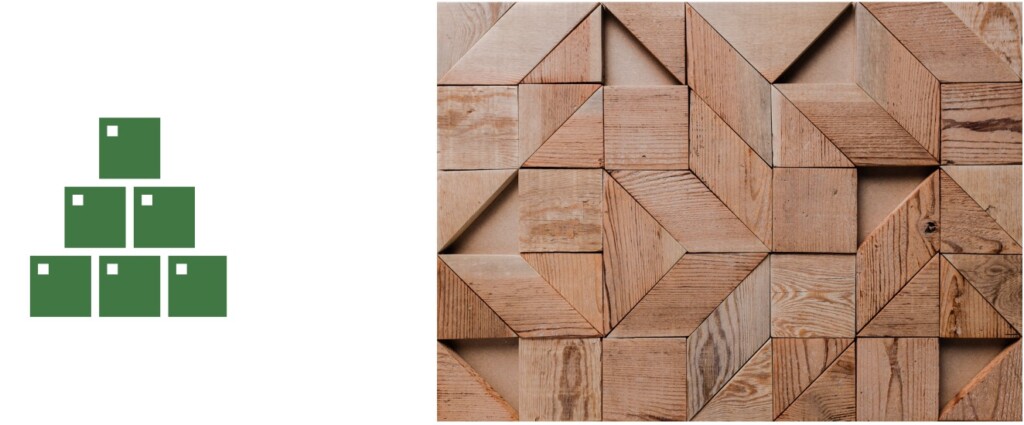
Since the last decade, several companies have begun to look for alternatives to plastic given the multiple problems it presents environmentally. Within them, there is a select group that uses seaweed as a base for the production of these alternatives due to its biodegradability and subsequent composting . In their design, companies have used biomimicry as a guide to generate sustainable solutions. One of the great advantages of algae is that they grow quickly and abundantly without the need for fresh water or fertilizers, therefore without adverse effects on the environment.
British company NOTPLA, for instance, has developed a packaging product that degrades in a period of 4-6 weeks. One of its products is resistant to water and oily substances, as is the case with common plastics. This is now available in 8 countries in Europe and continues its expansion. Another of their productions, called Ooha edible bubbles, are making hydration easier, being distributed through vending machines at gyms in London and at outdoor events. For example, in a recent marathon held in London, 20,000 plastic bottles were replaced. Finally, the company's product called Notpla Paper , made out of residual fibers and biomass from the gelatinous part of seaweed when extracted, has been used for various applications and allows a 100% circular way of using this raw material. To ample its scale, the company intends in the next few years to generate partnerships with seaweed farms in Europe and the United Kingdom, since for now it only collects raw material originated from Wales.
B’zeos are the initials of Be Zero waste ,Edible ,Ocean-origin ,Sustainable, a company that aims to replace plastic produced from fossil fuels. The pellets it generates can be transformed into a variety of final products, being compatible with common machinery. Its process ensures a 100% biodegradable, compostable, energy efficient material without the use of toxic materials. For now the company is focusing on beverage and food packaging, but stresses that it can be used in electronics, cosmetics and pharmaceuticals. It is currently developing flexible films, paper coatings, thermoformables and injection molding for other industries. For now, its raw materials are sent from France and Norway, but it is expected that in the coming years suppliers from Canada and Indonesia will join
These replacements of plastic with sustainable options inspired by biomimicry have the following life principles in common:
- Use life friendly chemistry
- Recycle all materials.
- Build from the bottom up.
- Break down products in their bening constituents
Source: Sustainable solutions

